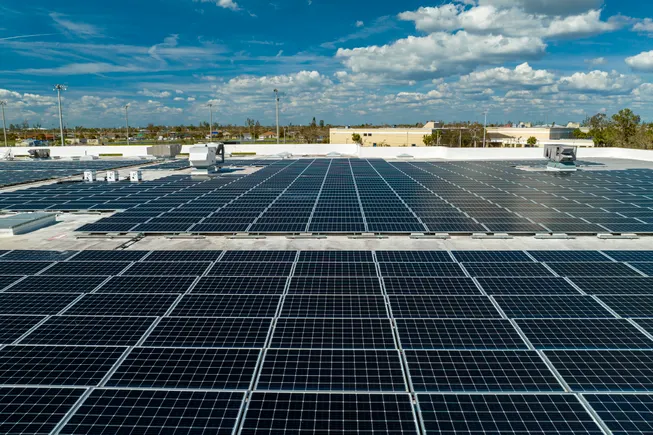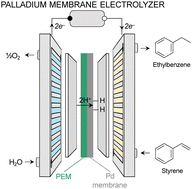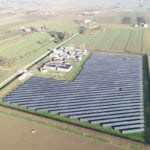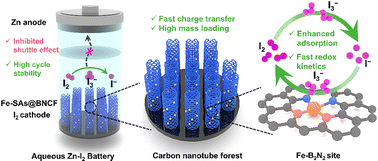Implied Voltage and Current Characterization in Organic Solar Cells using Transient Photoluminescence
Advanced Energy Materials, EarlyView.

In this study, a photoluminescence-based method is presented to reconstruct the current-voltage characteristics of organic solar cells under operating conditions. By resolving exciton and free charge carrier luminescence, the method enables the identification of voltage-dependent losses, including a potential field-dependence of exciton dissociation, thereby offering a powerful tool for analyzing state-of-the-art organic photovoltaic devices.
Abstract
Measuring photoluminescence (PL) of free charge carriers under operation conditions is a valuable tool for characterizing solar cells. However, in organic solar cells, free charge carrier PL is typically obscured by the emission from non-dissociated excitons. To overcome this, an adaptation of the time-resolved PL measurement method is introduced that allows for the separate observation of the effects of applied voltage on the PL of excitons and free charge carriers. Using state-of-the-art D18:Y6 and PM6:Y6 organic solar cells (power conversion efficiencies: 16.2%$16.2 \,\%$ and 15.8%$15.8 \,\%$), this study demonstrated: I) the determination of the implied voltage from free charge carrier PL under operation conditions providing insights into transport losses under steady-state and transient conditions, II) the construction of a PL-based current-implied voltage curve revealing implied efficiencies of 18.1%$18.1 \,\%$ and 18.2%$18.2 \,\%$; III) an estimation of the photogenerated current at the maximum power point by combining PL and electroluminescence measurements, showing a 5%$5 \,\%$ reduction compared to the short-circuit current, and IV) a discussion of possible origins of this reduction, including recombination due to limited transport, electrode-induced charges and field-dependent exciton dissociation. The introduced method thus provides a valuable diagnostic tool for identifying both transport and current losses in high-efficiency organic solar cells.



























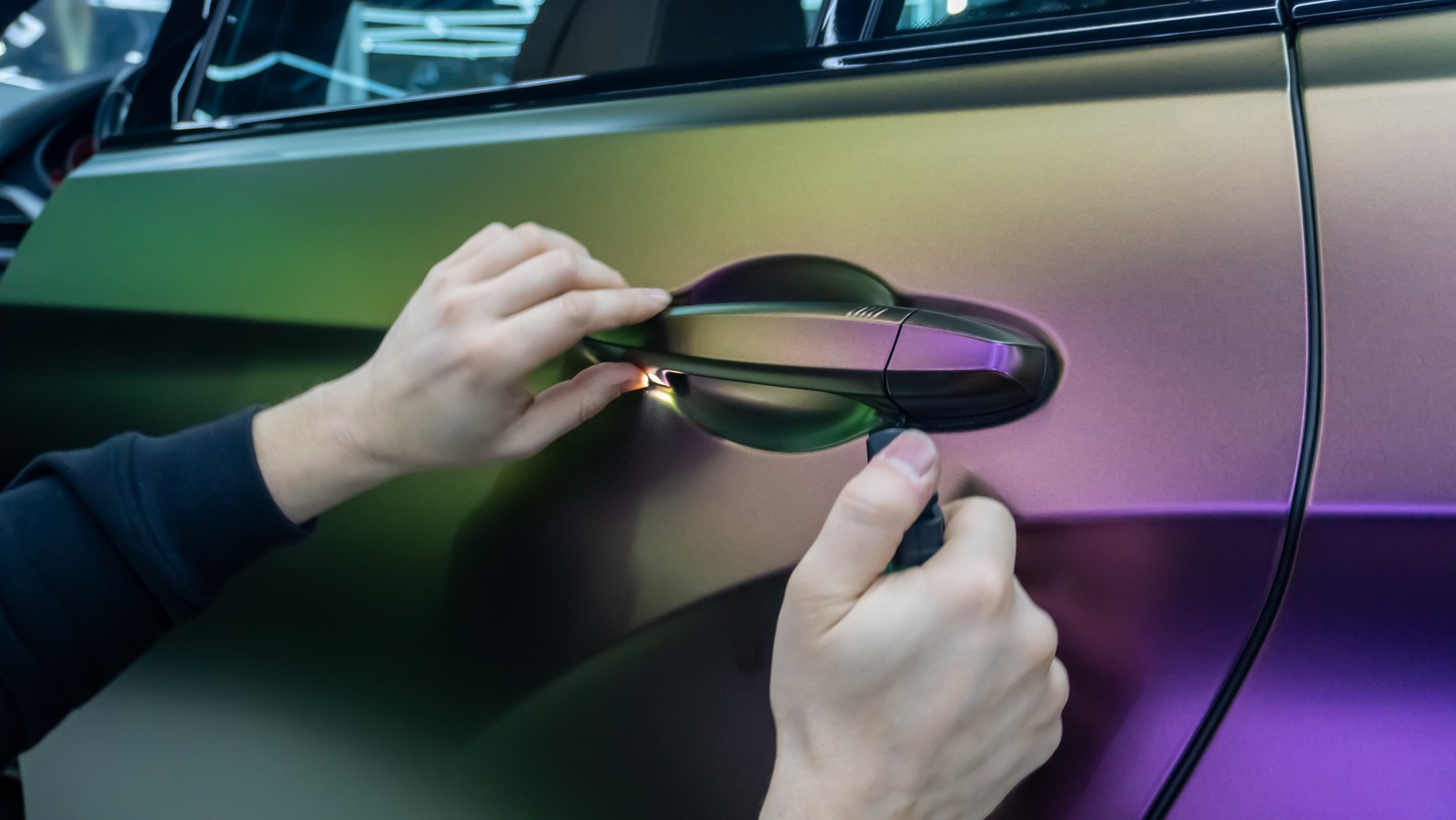











































































![[Updated] B-2 Spirit Bombers Struck Iranian Nuclear Sites](https://theaviationist.com/wp-content/uploads/2025/06/B2sGuam_2.jpg)








